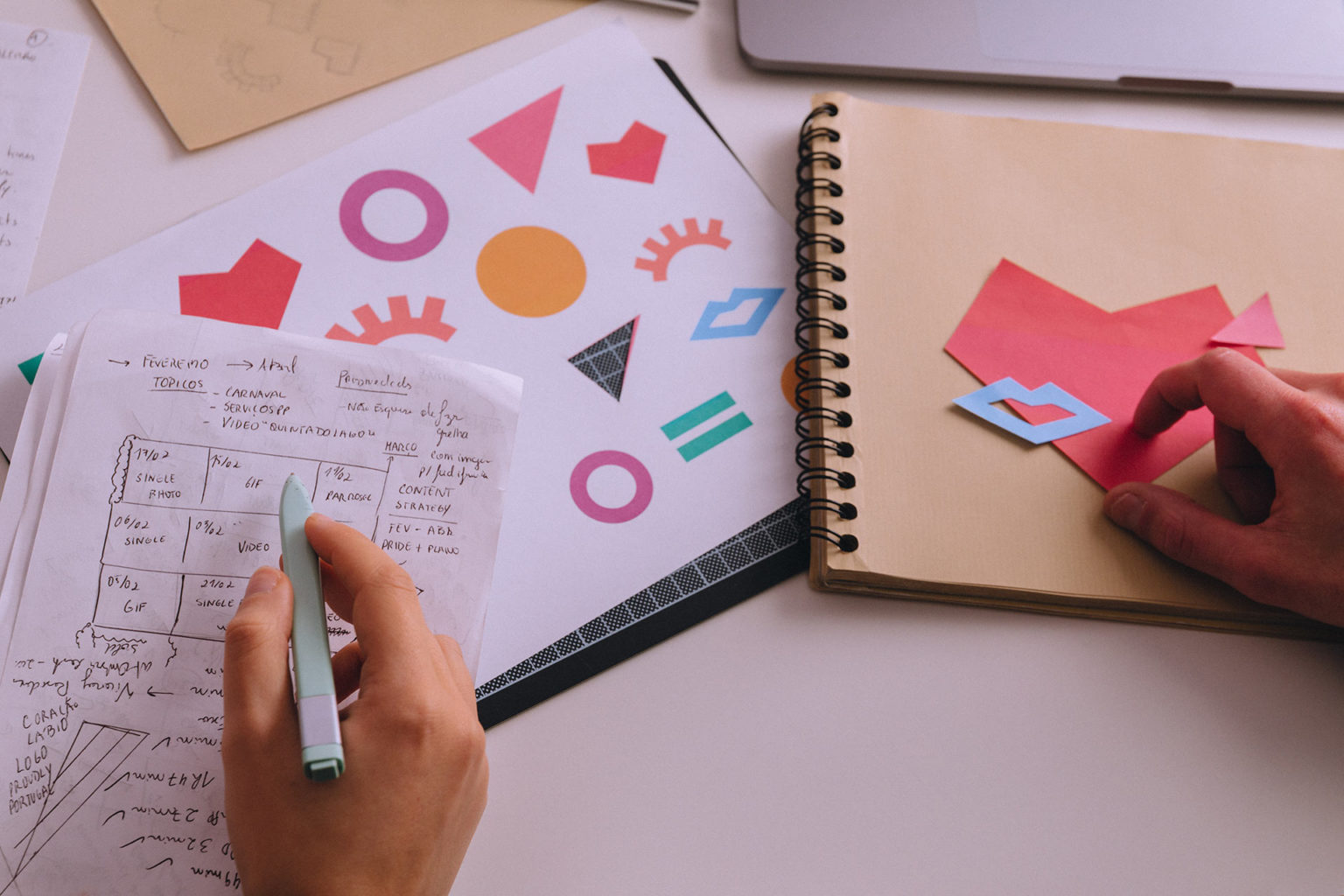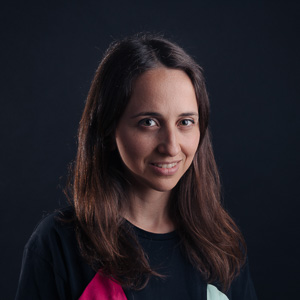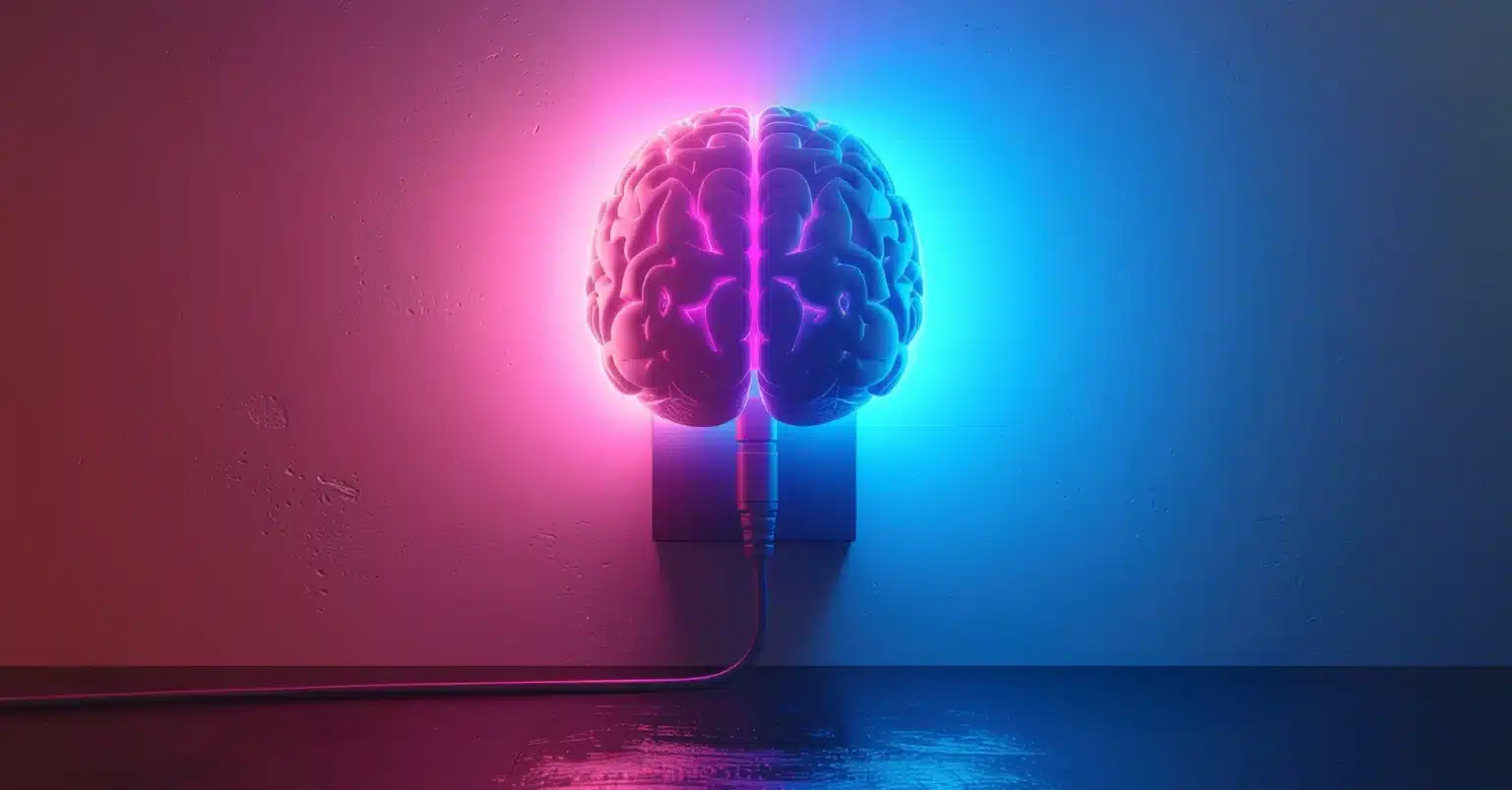I’m a designer. I love fast tools. Tools that help me move a project forward and meet increasingly tight deadlines. I’m an advocate for “helping-hand” tools for those who don’t have software expertise. You have to make your ends meet, I say. So yes, I really love fast tools. Until they start thinking for me.
At the beginning of this year, my eight-year-old’s band needed their first song, so they asked ChatGPT for lyrics. They took the first draft and called it a day. Technically, they had a song. But they didn’t realise they lost a moment there: the mess, the fun, the stupid ideas, the “aha!” and “this is ours” moments, and what truly defines a children’s brainstorm: the divergence and, ultimately, the bonding between them. That’s the bargain we’re making with AI. We’re shipping first-hand thinking to a machine. We’re turning into second-hand thinkers, with fast, highly polished (and empty!) versions of supposedly creative work.
Let me be very clear: I still love fast tools, and I very much use AI for a variety of things, including work. This is not a “don’t do it” article; it’s a field note on keeping your critical thinking intact, keeping our creative soul, while still moving at the supersonic speed of today’s market.
Note 1: Are You a “Thinker” Or A “Shthinker”?
(Do not mind my dazzling of words. I’m not native english, it may sound better in my head.)
Have you ever heard the term “second-hand thinkers” (or “shtinkers”, hihi)? It isn’t new; it evolves from “second-hand,” which refers to things previously owned by someone else. Same logic here: second-hand thinking is thinking with ideas that belonged to others first. And honestly, nothing shocking. Most of us are second-hand thinkers. We inherit ideas from our parents, who inherited theirs from their parents. We borrow from neighbours, teachers, friends, politicians, commentators and, since about 20 years ago, social media (mostly now, btw).
Nothing wrong with that, actually.
What matters is what you do with your second-hand thought: you can push it, twist it, make it divergent, make it critical, and build on top of it. Turn it into first-hand thinking. That’s how we evolve as humans, as creative humans. If you stay with your second-hand thinking, the work that follows looks polished but hollow: no stance, no stakes, no scars from the struggle.
If that sounds too harsh for you, here’s a gentler test you can run on any piece of work from a student or agency, a final project, or personal study… You name it! Just go ahead and ask these questions:
- Could someone else have made this with the same prompt? If yes, you’re in second-hand territory.
- Can you state the decision tree? “We picked X, not Y, because…” If you can’t, the tool is deciding for you.
- Does it move the brief forward? New angle, better clarity, stronger emotions, anything! If it merely decorates, it’s not thinking.
- How would you defend it to a sceptical client? If you’d crumble at “Why this? Why now?”, you know the answer.
Second-hand “creativity” isn’t a moral failure. It’s a workflow failure.
Remember the supposedly brilliant brainstorm that should’ve happened in the kids’ band? What is a brainstorm (or a “brain shit show,” as I call it in my head, not in public though, xD) if not a second-hand thinking session that evolves into first-hand thinking? You blurt ideas you’ve heard somewhere; someone else blurts their own fresh take; the shit show commences. And it’s beautiful.
Can you do this with AI? Of course. But it isn’t the same. AI is all about second-hand thinking. It can sound razor-sharp, but it’s still remixing other people’s ideas, not building on your first-hand thinking (at least for now).. It’s like being stuck on an island talking to an injured seagull: it’ll listen, sure (just because it can’t fly away), but it’s not exactly pushing your smelly thoughts any further. Just saying.
Do it with humans and you’ll fill up your social meter, send your laughter thermometer to a heat, and launch your ego through the roof. BANG! Your therapist beams with pride.
So, to end this chapter: First rule of working with AI in a creative project? If possible, think around humans (the more diverse, the better). It makes a difference. Be the first to make a difference. If it isn’t your own prompt and ideas, take a step back and leave the tool alone. At least until you’ve made up your mind.
Note 2: Is AI Robbing Other People’s Thoughts?
In my opinion: no… But you are. (Sounds too blunt?)
Is the answer really that simple? Does it depend on you and what you do with the information provided? Or do we pin it all on the platforms and their responsibility for giving us, mere mortals, certain kinds of tools?
When I answered “no… but you are,” I was using my morals as a compass. It’s not a very professional or “correct” thing to assert that the main responsibility lies with the receiver of the message. Because not all receivers have 1) the same values or morals as me, 2) the same background or experiences, 3) the same intelligence (yes, I know, I’m quite smart), or 4) the same cultural context, etcetera, etcetera.
So yes, some responsibilities are ours to own. But how do we pin some of it on the provider? Well, Disney did. It pinned a lot of responsibility on Midjourney. The case is still ongoing, but Disney and Universal Studios’ stance is clear:
“Midjourney is the quintessential copyright free-rider and a bottomless pit of plagiarism. Piracy is piracy, and whether an infringing image or video is made with AI or another technology does not make it any less infringing”
For the TL;DR readers (congratulations, you’ve come this far!): they’re basically saying Midjourney purposefully stole images from the two companies and allowed users to generate unauthorised imagery from them (the likeness of the final images is what spiked it, I think). Midjourney, on the other hand, says: No, the images live in the public’s mind, and artists take inspiration to create their own final paintings. (I’m paraphrasing, see the source above.)
Disney also sent a cease-and-desist-style letter to Character.AI to remove Disney characters from the platform. The platform complied.
Now we’re moving into a dangerous zone: provenance and authorship. Too big a subject to unpack fully here, I know, but it’s important.
If I based everything on my values, every final piece or asset would carry Content Authenticity Initiative credentials, and you’d be free as a bird because you used your first-hand thinking tools we talked about above, right? Unfortunately, not everyone navigates life as a high goddess like myself so, for those people, maybe think a little more about the tools you use and where they source their content. Adobe Firefly, for example, works with licensed or public-domain data: maybe switch to that? I know, I know: not as effective as Midjourney, but it has to learn somehow!
We designers have responsibilities (yes, we do!). You’re an important part of how messages travel. Call yourself a “filter”, if you like. Design-filter, de-filter, filter-ing… never mind me, I digress. The sources you use are your responsibility (or your boss’s, maybe).
What’s your opinion here? Let me know below. (Look at me sounding like an Instagrammer or YouTuber. Not proud, though.)
Now to the fun note:
Note 3: Agency Reality: Where AI Helps (And Where It Hurts In The Butt)
We already talked about brainstorming: the essence of almost every smart-ass project out there. Start with that, away from AI. Grab your favourite people (or not) and dive into the shit show (very educational). Then take all the juicy bits from that precious moment and drop them into your very curated, very you prompt.
Use the tools for concept exploration, not finals. Use AI to draft, not to decide. Draw a clear line.
Remember what we said a few lines ago about provenance and authorship? Do not present to a client anything whose ownership is questionable. That’s a dubious territory and you want to stay far, far away.
In essence:
Moodboards, variations, pitch comps: yes (with review).
Final brand, project deliverables, or hero assets: big no-no.
Protecting the client also protects the agency or studio you work for. And let’s be honest: why would they want you if you present something that isn’t truly yours?
So, moving on, because this article is taking forever to finish, let me present:
Note 4: C.R.A.F.T. Rule! (cue hero guitars)
It’s just a mnemonic I’m very proud of (am I second-guessing whether someone made something similar and I’m a second-hand thinker with zero originality? … ah, well!). It helps you (me) navigate AI as a creative and, hopefully, not get your seat taken by an AI employee.
Let’s get started:
C – Copyright & Client Risk
Don’t present AI imagery as final brand assets unless you have clear rights and documented provenance. Understand licence/ownership ambiguity and keep clients out of legal crossfire.
R – Re-read, Rewrite & re-think!
Never ship raw AI. Edit ruthlessly. Make it yours.
A – Authorship & Provenance
Document decisions. Know the value and source of images you use for presenting an idea (see? presenting an idea, not final work).
F – First-hand Thinking
Ideas first, prompts after. If your intent isn’t clear, step away from the tool.
T – Tangible Impact
Measure outcomes: quality, accessibility, brand consistency; and consider environmental cost. Justify the tool’s use; don’t use it for every tiny task. (Your email isn’t that bad; it doesn’t need a full AI rewrite, use Grammarly instead.) And yes, we haven’t gone deep on environment here; feel free to ask ChatGPT for a reading list and skim responsibly. Or even better: get Ecosia, and search through there. You’re planting trees at the same time! See you’ve learn something from this.
In conclusion: Keep Your Soul
Now’s the part where I get all mellow and try to write something deep and emotional as a conclusion. And I don’t have the tools for this, not even ChatGPT can help. I’m a visual thinker, not a words thinker. I admit it. But alas, let us try:
Remember the kids’ band? The song they “wrote” on ChatGPT is buried in a WhatsApp thread. They talked about it maybe once or twice more. If this had been a different time (pre-AI prompts), maybe they’d have had a tea party somewhere and used the moment to talk smack, sip tea, obsess over Sailor Moon and Masquerade, grab their instruments, make loud noises, and just fool around. I bet the experience would’ve been so fantastically ego-thrusting they’d have repeated the ritual again and again.
Maybe I’m wrong, I don’t know. But maybe this is how we keep our souls as creative humans: iterating ideas with each other, or alone with our own thoughts, and creating something new, preserving the spark of our first-hand ideas.
Transparency disclaimer
Article written by Mónica Loureiro.
Edited by Isabel Evaristo.
References





